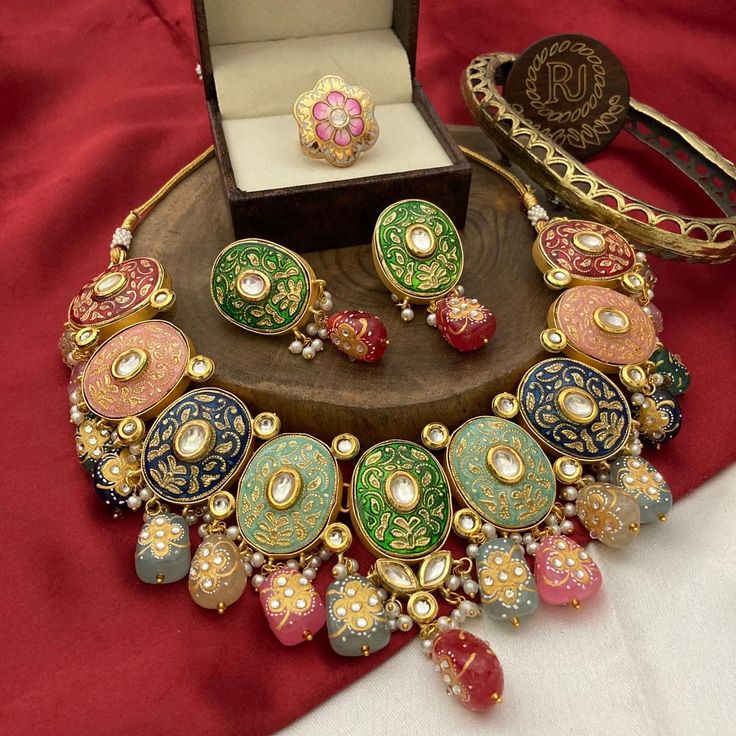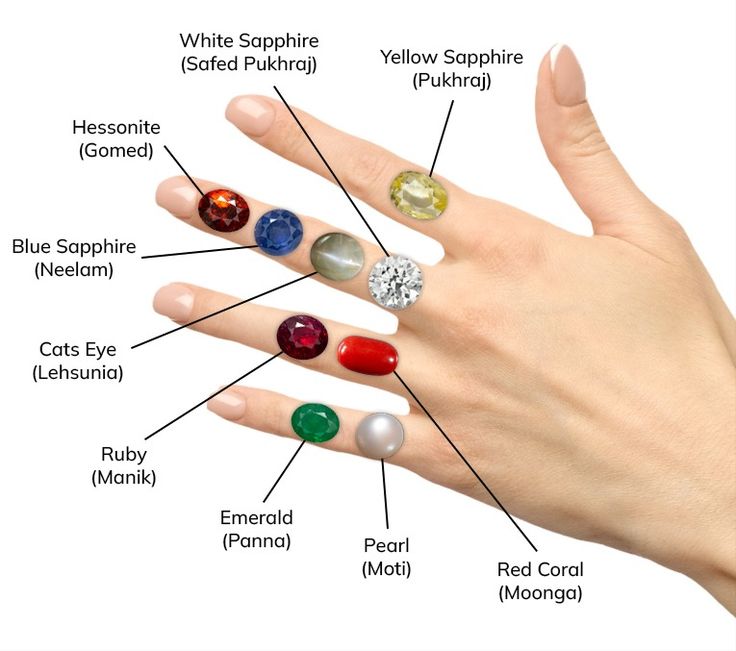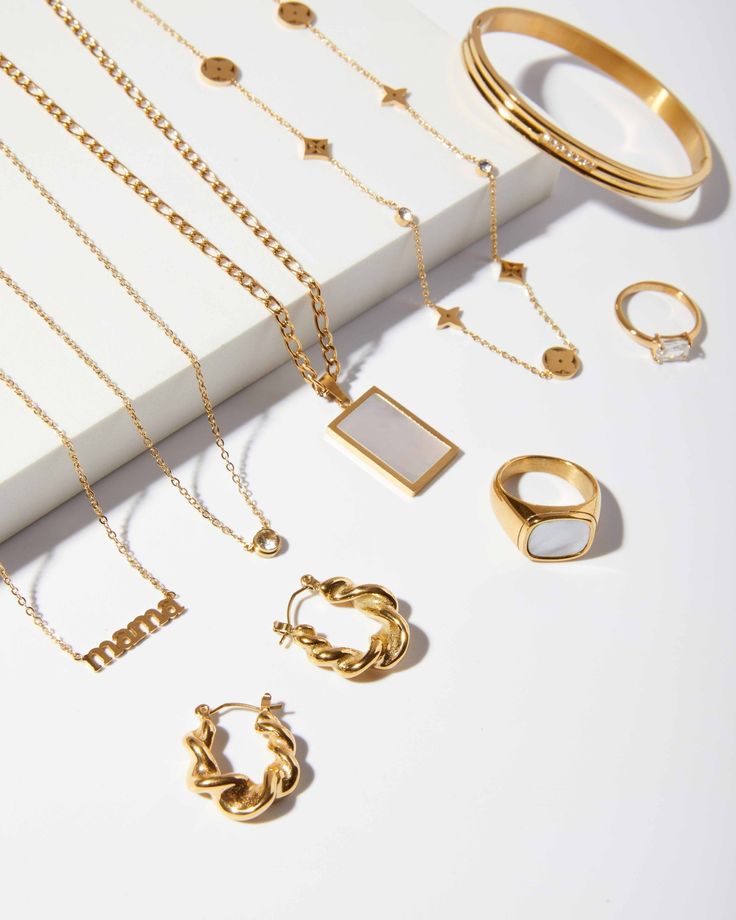JEWELLERY AND INDIAN CULTURE
- The Role of Jewellery in Indian Culture and Traditions
- Modern Jewellery: A Fusion of Tradition and Contemporary Trends
- The Importance of Preserving Indian Jewellery Traditions
- Why Jewellery Still Matters Today
The artistry and symbolism of jewels are intricately linked to India’s rich and varied heritage. More than merely decorative, jewellery has always been an essential component of Indian identity, representing the country’s social, cultural, and spiritual fabric. Jewellery has a special position in Indian culture, carrying the heritage of a timeless tradition from the ancient civilisations of the Indus Valley to the splendour of contemporary designs.
Jewellery in Indian History: A Symbol of Wealth and Spirituality
Archaeological evidence from the Indus Valley Civilisation shows that jewellery has been used in India for over 5,000 years. During this time, necklaces, earrings, and bangles were made from beads, shells, and semi-precious stones. In addition to being a prestige and money symbol, jewellery had mystical meaning and was thought to shield its owner from bad spirits.

The craft of creating jewels thrived throughout several dynasties as time went on. For example, the Mughals brought elaborate patterns and methods like Kundan and Meenakari. The main components of Indian jewellery were gold, silver, and gemstones including pearls, rubies, and emeralds. Royals and maharajas decked themselves with ornate ornaments that demonstrated their wealth and authority. Jewellery was also used to adorn temples, which offered jewels to the gods as a token of devotion.
Every Indian area created its own unique jewellery design. The variety of Indian jewellery is unmatched, ranging from the temple jewellery of South India to the tribal silver ornaments of Rajasthan and the polki (uncut diamond) pieces of Gujarat. These works convey cultural narratives and customs in addition to reflecting local aesthetics.
The Role of Jewellery in Indian Culture and Traditions
The use of jewellery is ingrained in Indian festivals and rituals. Each item represents something significant, and for women, it is frequently viewed as an extension of their persona. For example, bangles and toe rings indicate a married woman’s status, while the mangalsutra represents marital commitment.
Jewellery plays a crucial part in weddings. In addition to being ornamental, bridal accessories like gold necklaces, earrings, maang tikka, and anklets are heirlooms that have been handed down through the years. Specifically, gold is regarded as auspicious and a representation of stability, prosperity, and purity. It is frequently seen as an investment that appreciates in value and serves as a type of financial security.

Additionally, jewellery is important for religious events and celebrations. Purchasing gold and other valuable jewellery is considered lucky and represents prosperity and good fortune on holidays like Diwali, Dhanteras, and Akshaya Tritiya.
Modern Jewellery: A Fusion of Tradition and Contemporary Trends
Even though traditional jewellery is still highly valued, contemporary styles have changed to accommodate the younger generation’s shifting interests and lifestyles. Lightweight, simple jewellery has become more and more fashionable, appealing to people who value convenience and adaptability. White gold, platinum, and diamonds are now favoured for their subtle elegance that goes well with modern styles.
Contemporary/ Modern jewellery frequently combines cutting-edge designs with classic elements. For instance, new materials and elegant finishes are being used to reinvent traditional styles like chokers and jhumkas. Additionally, personalisation and customisation have gained popularity, enabling people to possess items that uniquely capture their personalities.

Access to a vast array of designs has been facilitated by the growth of internet jewellery retailers, and eco-conscious consumers are increasingly drawn to sustainable jewellery options. The core of Indian jewelry—its ties to culture and tradition—remains unaltered in spite of these modifications.
The Importance of Preserving Indian Jewellery Traditions
Indian jewellery is a storehouse of the nation’s history, culture, and craftsmanship, and it is more than just a fashion accessory. It symbolises the stories of the people who wore it as well as the artistic abilities that have been passed down through the years. But these ancient customs run the risk of disappearing as contemporary influences increase.
It is crucial to encourage indigenous jewelry-making methods and assist traditional craftspeople in order to maintain this legacy. We support the survival of local crafts like filigree, Bidri, and Thewa by buying handcrafted items. In order to inspire the next generation to value and proudly wear traditional jewellery, efforts should also be made to educate them about its cultural significance.
Why Jewellery Still Matters Today
For Indians, jewellery serves as a legacy, a link to the past, and a bridge to the future in addition to being a means of decoration. It has sentimental significance and commemorates important events like anniversaries, birthdays, and weddings. It conveys the core of our identity as a people and acts as a reminder of our origins.
One method to respect our cultural identity is to keep wearing traditional jewels while adjusting to contemporary preferences. By showcasing the elegance, artistry, and meaning of Indian jewellery, we make sure that this priceless legacy is preserved for upcoming generations.
In conclusion, jewellery combines history, creativity, and personal significance, making it a timeless treasure for Indians. It is essential that we uphold and value this custom as we traverse a contemporary world, making sure that its brilliance illuminates the path for future generations.
